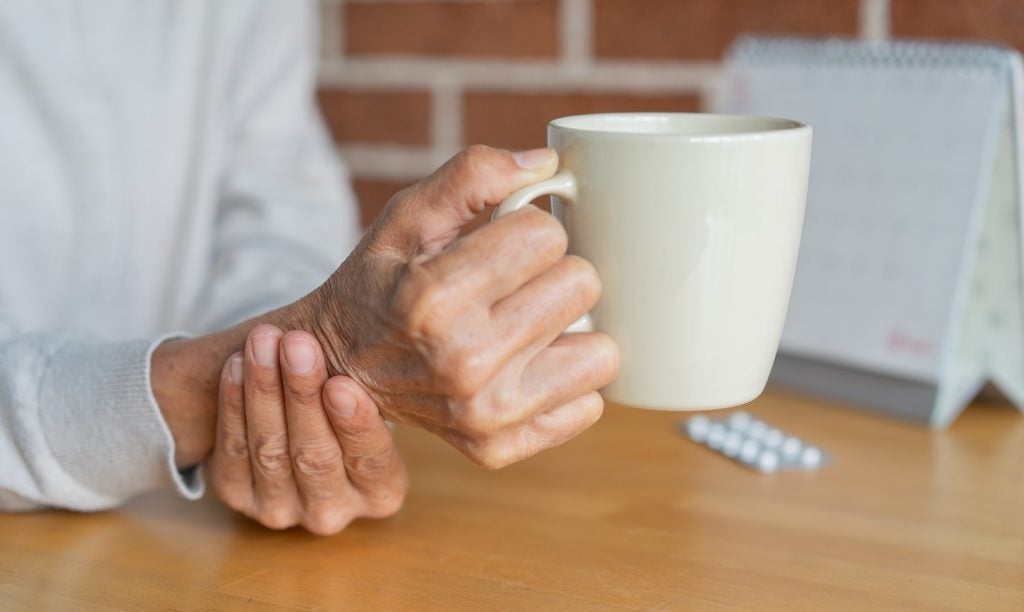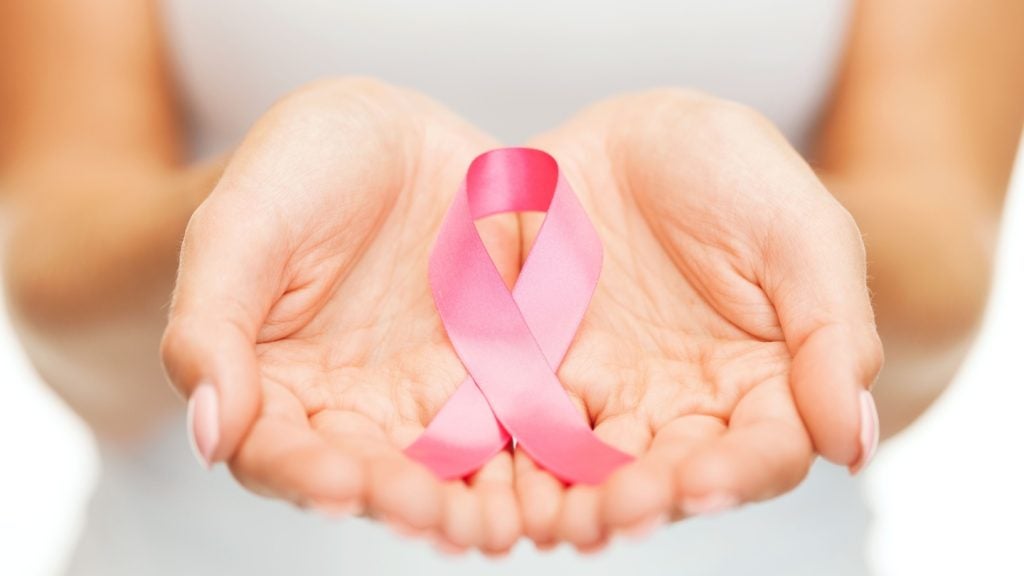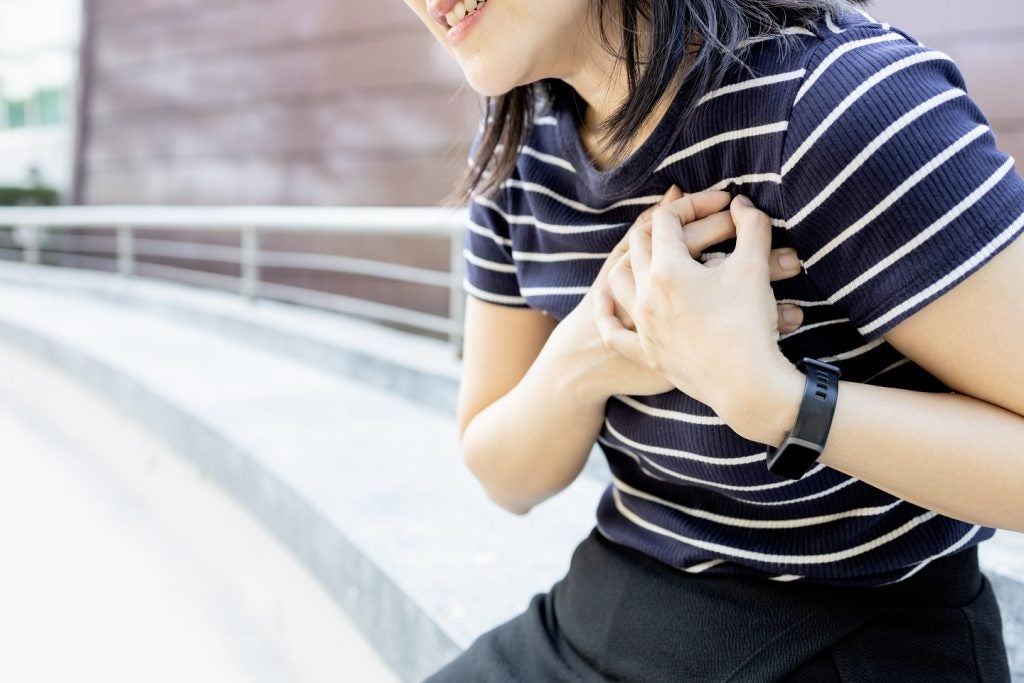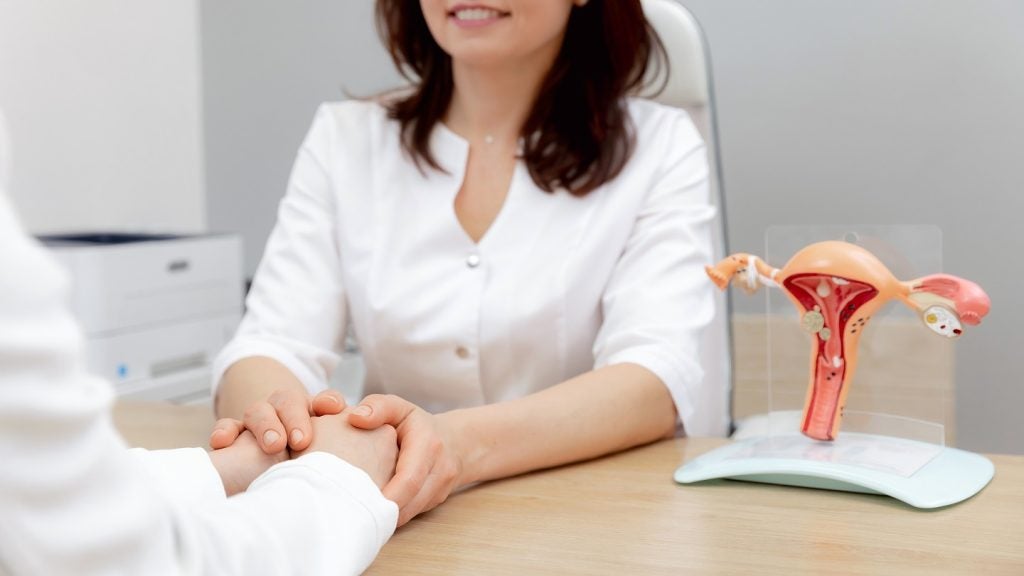A 3D printer developed by Auxilium Biotechnologies has created medical devices on the International Space Station (ISS) as science attempts to overcome certain gravity-induced manufacturing limitations.
The Auxilium Microfabrication Platform (AMP-1) bioprinter has simultaneously built eight implantable medical devices for peripheral nerve repair on the ISS in two hours.
According to Nasa, US-based Auxilium is developing a drug-delivery medical device to more effectively treat people who have sustained traumatic peripheral nerve injury. The company has developed the Gen 1.0 NeuroSpan Bridge, which is a biomimetic nerve regeneration device that guides and accelerates nerve regeneration. Auxilium is also using its 3D-printing system to adapt its platform to a Gen 2.0 3D-print device in microgravity by adding novel drug delivery nanoparticles.
The AMP-1 uses cartridges preloaded with biological materials to print implants that are then returned to Earth. Astronauts on the space station installed the system in two minutes and are required to spend less than a minute for each print session.
Creating medical devices in space has become a promising avenue as microgravity offers several benefits to manufacturing. The ISS, which is in low Earth orbit, offers a unique manufacturing environment because of the absence of gravity. These conditions mean that more intricate structures can be made in space that would otherwise collapse with Earth’s gravity.
The implants made by Auxilium’s bioprinter will be used on Earth for the time being while longer-term applications aim to support crews undergoing space exploration, including missions to the Moon, Mars, and beyond, according to Auxilium.
Auxilium’s CEO Jacob Koffler said: “This facility not only demonstrates the feasibility of mass 3D-printing production in space but also highlights the economic potential of space-based manufacturing.
“Bioprinting in microgravity will drive innovation benefiting life on Earth, aboard commercial space stations in low Earth orbit, and future space exploration, including upcoming Moon missions.”
Nasa is a supporter of technologies aiming to advance manufacturing in space. The organisation has so far provided more than $38m to companies in the space manufacturing sector. Auxilium was one of eight research proposals accepted by the space agency in April 2022, greenlighting proof-of-concept demonstrations on the ISS.
Researchers are also keen on studying the effects of space on biology. A Belgian-led initiative, for example, is planning to send a 3D-printed artificial heart to the ISS by 2025. The AstroCardia Project, comprising five Belgian companies, will run a study on the effects of ageing on the heart on the space station.
Virtual Incision has also placed a surgical mini robot on the ISS to understand how zero gravity impacts surgery.













